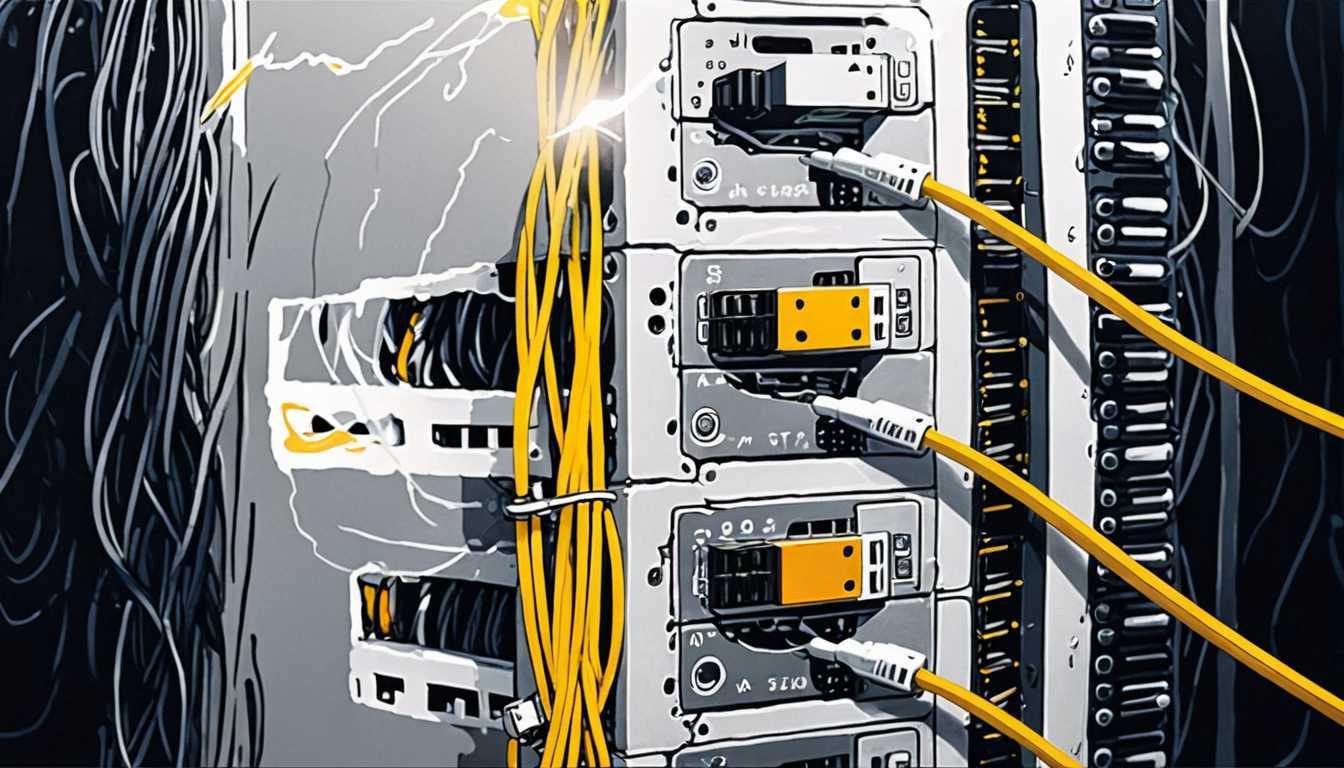AI’s Minecraft Mapping Adventure Unleashed!
July 2024
Caltech - Research News
Introduction
Ever wondered how AI figures out its surroundings? Well, researchers at Caltech are diving into this mystery using Minecraft! They created a neural network that learns to build its own maps, just like we do when exploring a new town. By training it with videos of Minecraft adventures, they discovered it can predict and organize environments. This groundbreaking research, led by James Gornet and published in Nature Machine Intelligence, might just make AI smarter—who knows, they might even start giving us directions!
READ FULL ARTICLEWhy It Matters
Discover how this topic shapes your world and future
Mapping the Minds of Machines
Understanding how we create mental maps is crucial not just for learning but also for advancing technology. The concept of spatial mapping in the brain is linked to higher-level thinking skills, including language and problem-solving. As you navigate through your environment, your brain builds a mental map that helps you make sense of the world around you. This ability is something that even the most advanced artificial intelligence (AI) struggles to replicate. While AI can process and respond to information, it lacks the nuanced understanding and creativity that humans possess. The research by Matt Thomson and his team highlights a groundbreaking development where neural networks can learn to build spatial maps, much like we do, using innovative algorithms. This could have significant implications for how AI systems evolve, making them more capable of solving complex problems and enhancing their potential to assist us in various fields, from healthcare to environmental science. As you think about your future, consider how understanding cognitive processes can impact not only your studies but also the world around you.
Speak like a Scholar
Cognitive Maps
Mental representations of physical locations, allowing individuals to navigate and understand their environment.
Predictive Coding
A process in which the brain predicts incoming information and adjusts its responses based on new data, helping to create cognitive maps.
Neural Networks
Computer systems modeled after the human brain that can learn from data and recognize patterns.
Algorithm
A set of rules or instructions given to a computer to help it solve problems or perform tasks.
Bioinspired
Techniques or technologies that are designed based on principles observed in biological systems, such as the human brain.
Reverse-engineering
The process of dissecting a system to understand its components and how they work, often to replicate or improve upon it.
Independent Research Ideas
The Role of Spatial Awareness in Learning
Investigate how cognitive maps influence study habits and academic performance. Exploring this could reveal strategies that enhance learning outcomes.
AI vs. Human Problem Solving
Analyze the differences in how humans and AI approach complex problem-solving tasks. This could lead to insights into both cognitive psychology and machine learning advancements.
Bioinspired Algorithms in Robotics
Research how algorithms based on human cognition can improve robotic navigation systems. This could have exciting applications in autonomous vehicles and delivery drones.
The Impact of Environment on Cognitive Mapping
Study how different environments (urban vs. rural) affect the way we create mental maps. This could uncover interesting findings about geography and psychology.
Emotional Intelligence and Cognitive Maps
Explore the connection between spatial awareness and emotional intelligence. Understanding this relationship might help develop better educational programs that foster both cognitive and emotional skills.
Related Articles

Why Some Images Stick: MIT Study
April 2024
Massachusetts Institute of Technology (MIT)

AI Magic: Finding Actions in Videos Fast!
May 2024
MIT News

Meet the Eco-Friendly AI Supercomputer!
November 2024
Harvard Gazette

AI Transforms Drug Discovery Speed
June 2023
Massachusetts Institute of Technology (MIT)

Empathetic AI: Transforming Decision-Making Together
June 2024
LSE Business Review